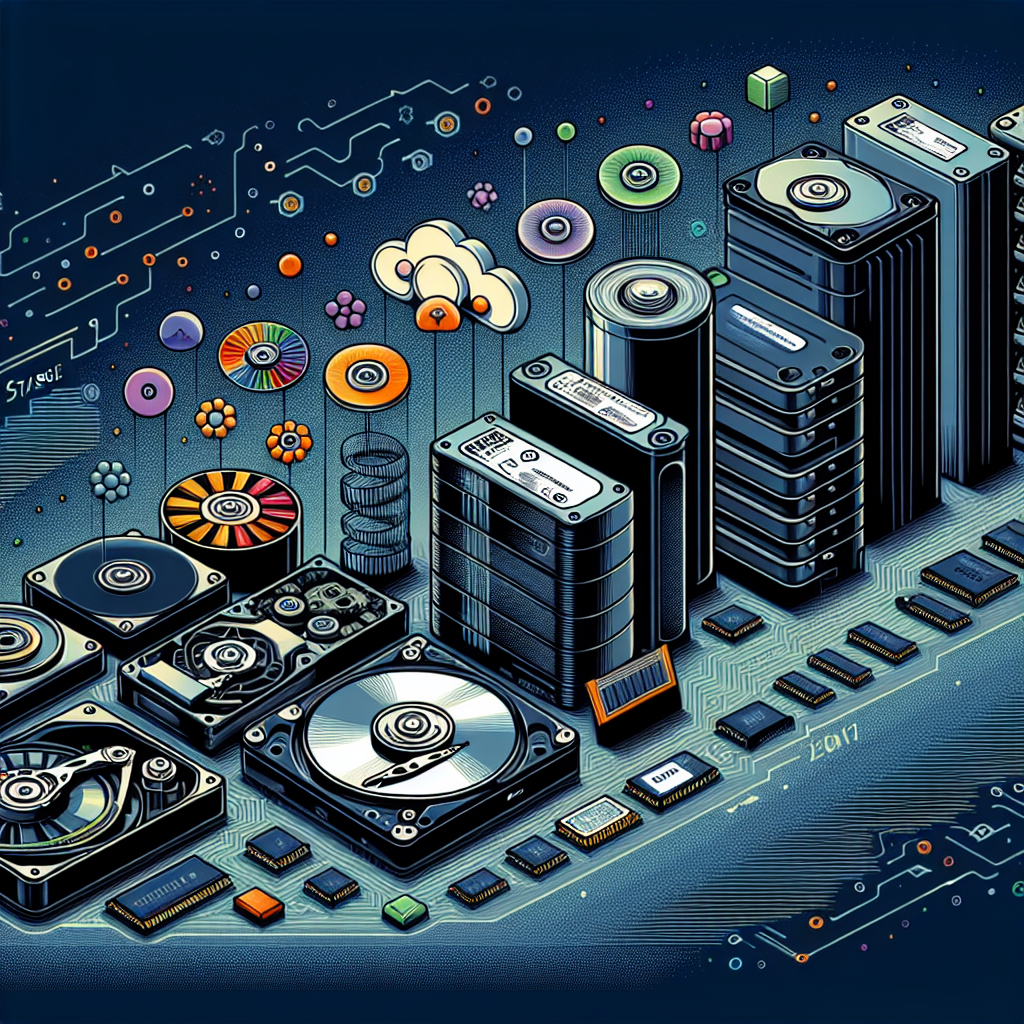Your cart is currently empty!
The Evolution of Data Center Storage: From Hard Drives to SSDs

Data centers have undergone significant evolution in terms of storage technology over the years. From the traditional hard drives to the more advanced solid-state drives (SSDs), the way data is stored and accessed has been revolutionized.
Hard drives have been the primary storage solution for data centers for many years. These drives store data on spinning disks coated with magnetic material. While hard drives are cost-effective and offer large storage capacities, they have limitations in terms of speed and reliability. The spinning disks can be prone to mechanical failures, leading to data loss and downtime.
In recent years, SSDs have emerged as a game-changing storage solution for data centers. SSDs use flash memory to store data, eliminating the need for moving parts. This results in faster read and write speeds, lower latency, and improved reliability. SSDs also consume less power and produce less heat compared to hard drives, making them more energy-efficient.
The transition from hard drives to SSDs in data centers has been driven by the increasing demand for faster and more reliable storage solutions. As data centers handle vast amounts of data and require high-performance storage to meet the needs of modern applications and workloads, SSDs have become the preferred choice for many organizations.
SSDs come in different form factors, including SATA, NVMe, and PCIe, each offering different levels of performance and scalability. NVMe SSDs, in particular, have become popular for their high-speed data transfer rates and low latency, making them ideal for applications that require real-time data processing.
While SSDs are more expensive than hard drives on a per-terabyte basis, the total cost of ownership over the lifespan of the storage solution is often lower due to the improved performance and reliability of SSDs. As the price of SSDs continues to drop, more data centers are making the switch to SSDs to enhance their storage infrastructure.
In conclusion, the evolution of data center storage from hard drives to SSDs has brought about significant improvements in performance, reliability, and energy efficiency. As data centers continue to handle ever-increasing amounts of data, SSDs are poised to play a crucial role in meeting the demands of modern data storage and processing requirements.

Leave a Reply